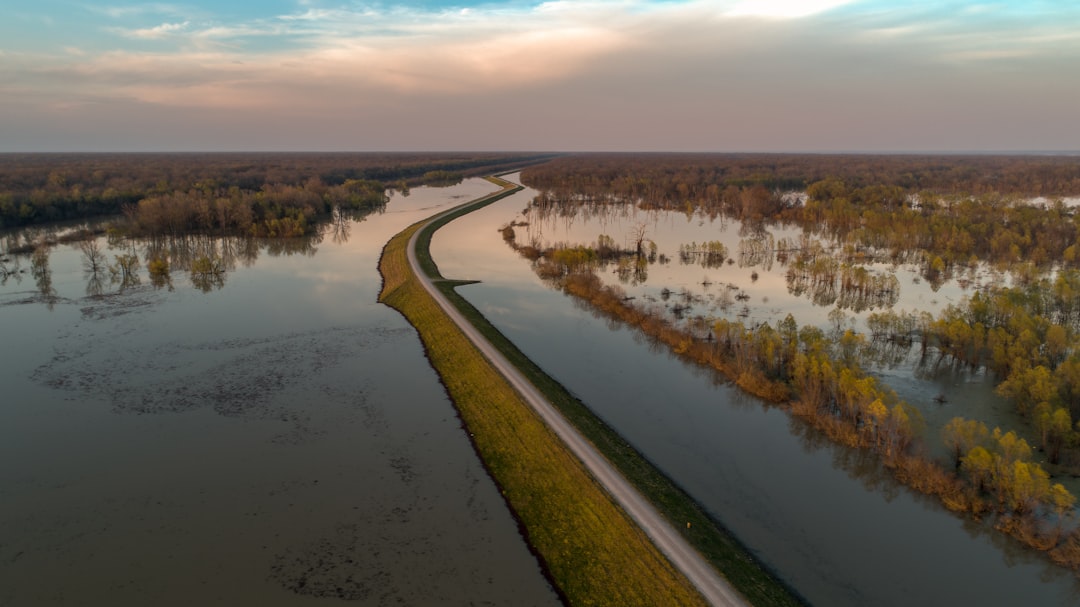What is it about?
A long and complete series of monthly rainfall amounts corresponding to Barcelona city (Catalonia, NE Spain), exceeding two centuries (years 1786‐2019), is analysed in detail. The obtained results of periodicity (annual scale), time trends (monthly, seasonal and annual scales), statistical distribution (seasonal and annual scale) and fractal/multifractal structures and self‐similarity at monthly scale, depict the complex structure of this pluviometric regime, which is characterised by moderate increasing and decreasing trends on rain amounts, varying from +0.08 mm/year (February) to ‐0,07 mm/year (September) and quite evident changes on the pluviometric trends at annual and seasonal scales when the rainfall data is analysed for segments of 50 years from 1800 up to 2019. A good example could be the relevant change on the annual scale time trend, from +0.77 mm/year (years 1800‐1850) to ‐0.17 mm/year (years 1950‐2019). Clear evidences of decreasing pluviometry for spring, summer and autumn for the last segment (1950‐2019) in comparison with the other three segments, including years 1800‐1950, are also detected. Additionally, increasing rainfall patterns complexity, expected difficulties on monthly rainfall forecasting and the increasing irregularity of monthly amounts is also detected by interpreting fractal and multifractal results. Irregularity increases on the monthly rainfall series and on the rainfall regime complexity derived from multifractal parameters, could be associated with the very notable increase of CO₂ emissions into the atmosphere, globally varying from 51.1 x 10⁶ metric tonnes (year 1820) to 36.6 x 10⁹ metric tonnes (year 2019) and the tropospheric concentration increasing from 280.8 ppm (year 1850) to 397.5 ppm (year 2014), being the probable relationship between tropospheric concentrations and changes on rainfall patterns the objective of future researches.
Featured Image

Photo by Nielsen Arenas on Unsplash
Why is it important?
The correlation found between the increase of the rainfall irregularity over time and the increase of the CO₂ emissions and its tropospheric concentration is very suggestive and could be an indicative of the impact of the global warming on meteorology.
Read the Original
This page is a summary of: Time trends, irregularity and multifractal structure on the monthly rainfall regime at Barcelona,
NE
Spain, years 1786–2019, International Journal of Climatology, July 2022, Wiley,
DOI: 10.1002/joc.7786.
You can read the full text:
Resources
Graphical Abstract
Link to the Graphical Abstract in the journal website.
Background image of the Graphical Abstract
Table of meteorological data collected by Dr. Francesc Salvà i Campillo, physician, physicist and engineer, in Petritxol street in Barcelona on January 1, 1786. https://ca.wikipedia.org/wiki/Francesc_Salv%C3%A0_i_Campillo, http://historiadeltemps.blogspot.com/2012/04/gener-de-1786-el-noble-i-lillustrat.html.
Ancient map of Barcelona (1696)
Ancient map of Barcelona made in 1696 by the cartographer and geographer Nicolas de Fer (1646-1720) and the engraver Charles Inselin (1673-1715).
Contributors
The following have contributed to this page










